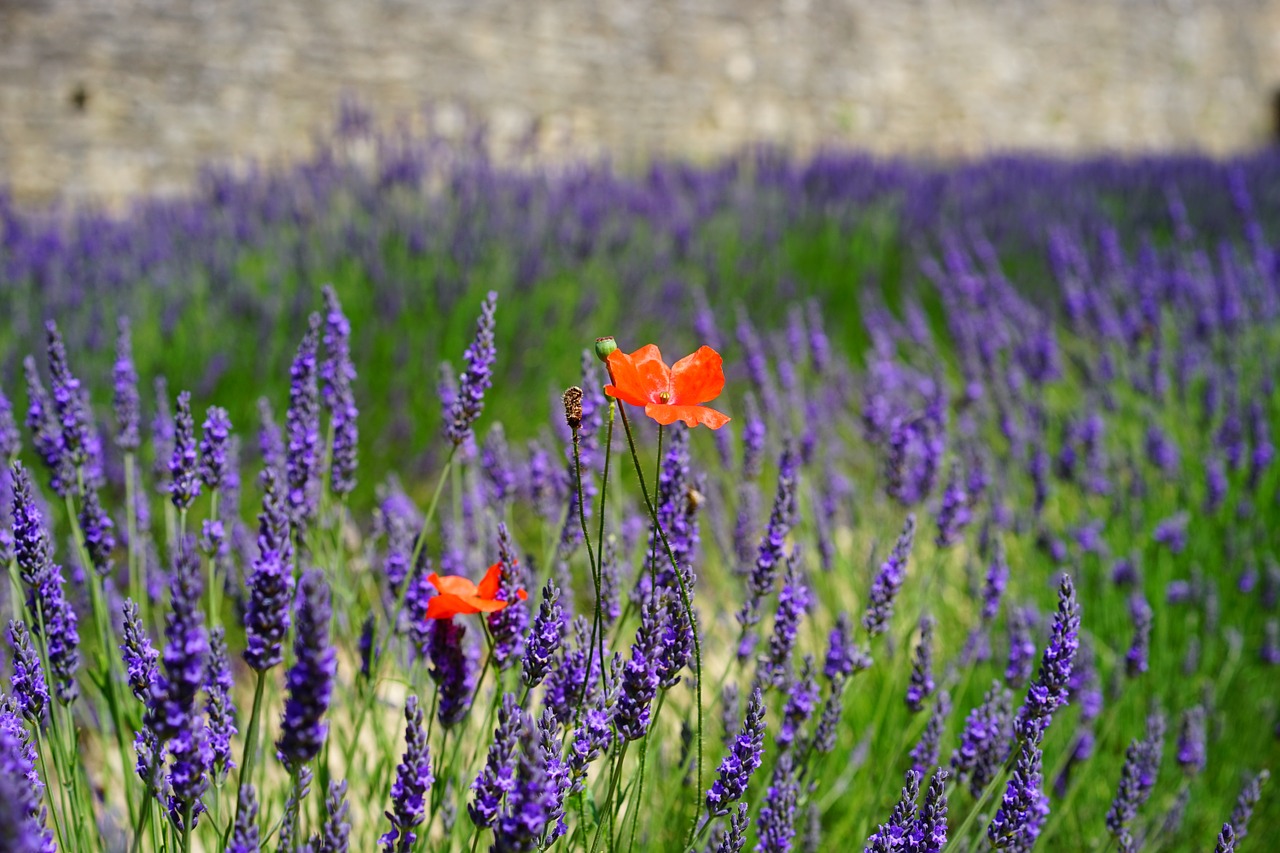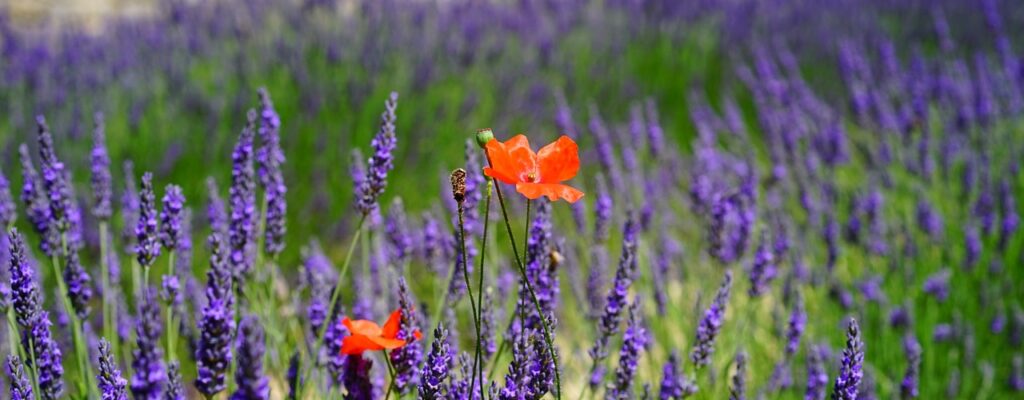
Image Credit: https://pixabay.com/photos/lavender-flowers-blue-blossoms-1469757/
Wildfire. That’s a scary word because wildfires can wreak enormous damage and can spread so rapidly. Unfortunately, according to rff.org, wildfires have become increasingly destructive in recent years.
A major contributor is a continuing “megadrought” in western U.S. states. According to the National Interagency Fire Center, California experienced 40 percent of the burned areas in 2021 and had the most properties at risk of wildfire damage.
There are several ways that one’s home and property can be exposed to the effects of a wildfire. First, by direct flames from the fire itself or from a burning neighboring structure. Second, by radiant heat from nearby burning vegetation or a nearby burning structure. And third, from flying embers which can reach homes up to a mile away. This is the most destructive source of damage.
In all these cases, the old expression is spot-on, “An ounce of prevention is worth a pound of cure.”
Some General Fire Prevention Principles
First, be prepared. That means having water hoses and fire extinguishers ready and having an exit plan.
Second, clean up. Make sure you consistently remove dead trees and limbs, shrubs, and plants and keep the grassy areas mowed and watered.
Third, properly landscape your home. Remove tree branches that are below six feet from the ground. Plant fire-resistant plants in your yard and keep them watered.
Fourth, create firebreaks using hardscape materials. This can include pathways and stone walls.
Sixth, create a defensible space around your home.
What is a Defensible Space?
A California bill, passed into law in 2020 requires 100 feet of defensible space around a home. A defensible space is a buffer area between a building and the trees, shrubs, or any surrounding wildland area. This area helps protect a home by slowing or stopping the spread of wildfire. There are two primary zones defined by this law.
Zone 1 is the area extending from the perimeter of a building out 30 feet, or to your property line. In this zone, it is important to consistently remove dead or dry grass or pine needles and keep the rain gutters clean and free-flowing. Remove any tree branches that overhang your roof and trim any branches 10 feet away from a chimney. Also, keep branches from separate trees trimmed so they are 10 feet apart. Remove all vegetation under balconies, decks, and stairs.
Zone 2 is the area from 30 feet to 100 feet out from any building perimeter. In this zone, keep the grass mowed to a maximum height of 4 inches. Any wood piles should have a maximum clearance of 10 feet in all directions and should be on bare soil. Keep some horizontal space between trees and shrubs. And keep some vertical space between trees and shrubs on slopes.
Use Fire-resistant Plants and Landscaping
Select fire-resistant plants that help resist ignition. These can include species like French Lavender, Red Monkey Flower, California Lila, Ornamental Strawberry, and others. Choose fire-resistant shrubs including sumac, shrub apples, cotoneaster, and others. Plant hardwood trees like maple and poplar instead of the more flammable pine and fir.
Closing Thoughts
It will take some effort to be prepared, but no one wants to have their home or property damaged by wildfire.

Leave a Reply